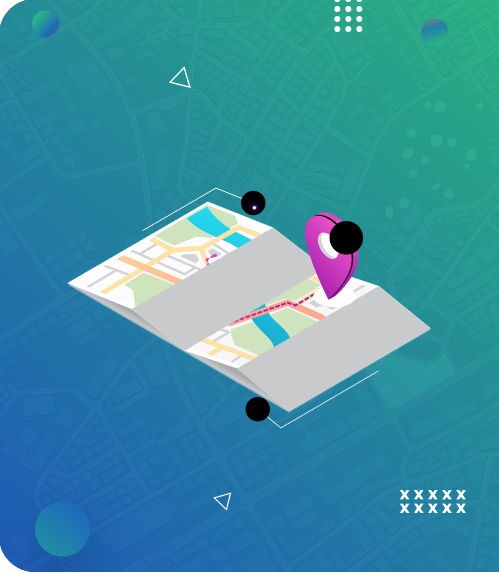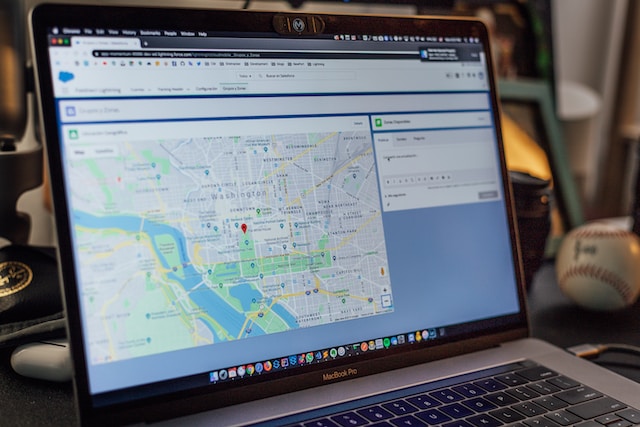International tourists, map users, and people working in mail services or logistics usually have difficulty distinguishing between postal and zip codes. While postal and Zip codes serve the same purpose of facilitating correct mail delivery, their usage and structure vary depending on the country or location. Understanding the differences between postal and zip codes is critical for defining geographical boundaries and smooth logistics.
Postal codes are useful all around the world and come in a variety of formats that include a combination of numbers and alphabets. On the other hand, Zip codes have a common usage in the United States. In this article, we’ll look deeper at postal code vs zip code. We’ll also examine their variations, applications, and significance in different parts of the world.
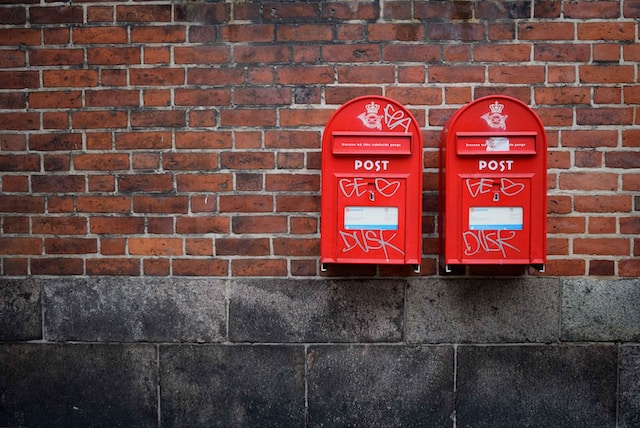
- Postal Code vs. Zip Code: What Do Postal Code and Zip Code Mean?
- What Is a Postcode and Zip Code?
- Postal Code vs. Zip Code: Understanding the Functions of Location Zip Code and Postal Code
- 1. They Provide Essential Information to Businesses
- 2. They Help Government Bodies With Urban Planning
- 3. Understanding the Postal Code vs. Zip Code Difference Provide Data for Researchers To Gain Insights
- 4. Understanding the Postal vs. Zip Code Difference Assists Other Map Users With Geographic Visualization
- Postal Code and Zip Code Differences
- Postal Code vs. Zip Code: 4 Ways To Create a Map From a Postal and Zip Code
- Create User-Friendly and Interactive Maps To Unlock Valuable Insights on Mapize
Postal Code vs. Zip Code: What Do Postal Code and Zip Code Mean?
Before delving into the postal vs. zip code debate, what does Postal or Zip code mean? Postal and zip codes are alphanumeric codes that speed up mail sorting, processing, and delivery within a specific geographical region. They are vital instruments in modern postal systems, allowing for precise addressing and simplified logistics.
Mailers contemplate the distinction between postal code vs. zip code to ensure that mail arrives at the correct destination on time and accurately. Using the wrong code can lead to wrong deliveries or delays. They also aid in demographic research, market research, and marketing initiatives.
What Is a Postcode and Zip Code?
You may have encountered a strange combination of numbers and alphabets when going through your mails or deliveries. Those combinations are postal codes or zip codes. Then, what is a postcode and zip code? A postal or postcode is a numerical code post authorities assign to a specific region or area within a country.
These codes consist of digits, though alphanumeric combinations may appear in specific situations. The length and structure of postal codes vary depending on the country and postal system. Examples of postcodes in the United Kingdom are “SW1W 0NY,” “GU16 7HF,” and “L1 8JQ,” which combine letters and numerals. However, some countries have a defined number of codes. For instance, postal codes in Canada are alphanumeric and primarily six digits.
On the other hand, the United States is the only country that uses a zip code. The United States Postal Service (USPS) created ZIP “Zone Improvement Plan Code” in 1963 to improve mail delivery efficiency nationwide. A regular zip code is five digits long, but an expanded version, “ZIP+4,” adds four more digits for improved precision. The extra digits help to segment the delivery area further, allowing for more accurate mail routing.
Indeed, the postal code vs. zip code debate is a bit confusing, as they mean almost the same thing. However, it is essential to note that they differ slightly in terms of features and functionalities.
Postal Code vs. Zip Code: Understanding the Functions of Location Zip Code and Postal Code
Understanding the functions of location zip code and postal code is essential in the postal code vs. zip code debate. Although they are slightly different, they serve similar purposes. Postal and zip codes provide vital services to many stakeholders, including businesses, government agencies, and researchers.
Understanding their functions is important to postal services because they enable accurate sorting, efficient routing, and timely delivery of mail and goods. However, their function extends beyond mail delivery to geographical identification, demographic study, market research, resource allocation, and other tasks. Let’s look at the functions of a location’s zip code and postal code to various stakeholders.
1. They Provide Essential Information to Businesses
Location zip and postal code enable accurate client targeting and assist firms in understanding regional preferences and market possibilities. Businesses can modify their marketing strategies and plan targeted advertising campaigns by understanding the distinction between postal and zip codes.
Postal codes and zip codes aid in calculating shipping prices, tax rates, and delivery zones, allowing for efficient logistics and flawless e-commerce operations. These codes offer businesses information for strategic targeting options and operational efficiency in various areas.
2. They Help Government Bodies With Urban Planning
Although postal code vs. zip code differences lies in their functions across countries, their fundamental purpose remains the same. They are helpful for demographic resource allocation, urban planning, and policy creation. Based on these codes, governments can make informed decisions about infrastructure development, healthcare services, education, transportation planning, and other issues.
These codes also aid in collecting census data, voter registration, and analysis, allowing for evidence-based policymaking. Since government organizations use these codes, they serve as a source of data collection for other map users.
3. Understanding the Postal Code vs. Zip Code Difference Provide Data for Researchers To Gain Insights
Postal code vs. zip code, despite their differences, provide data for researchers in various fields. They aid researchers in analyzing social and economic patterns, market research, and investigating spatial relationships. Researchers can use postal or zip code data to investigate health disparities, income inequality, consumer behavior, and other socioeconomic variables. Furthermore, these codes make data integration easier and allow researchers to mix their data with other datasets for more insight.
4. Understanding the Postal vs. Zip Code Difference Assists Other Map Users With Geographic Visualization
Postal and zip codes are invaluable tools to all map users as they help with geographic visualization. Whether you are a traveler, real estate agent, or business owner, understanding the distinction between postal code vs. zip code is necessary.
While zip codes are unique to the United States, countries worldwide use postal codes. Whatever the name, these codes help map users, utilize navigation services, and carry out geospatial analysis.
These codes improve geolocation precision, allow for targeted local search, and help with geographic visualization. They also help with geographical data analysis, geodemographics, and location-based services. In an increasingly interconnected world, using these codes enables stakeholders to gain meaningful insights, increase operational efficiency, and make decisions.
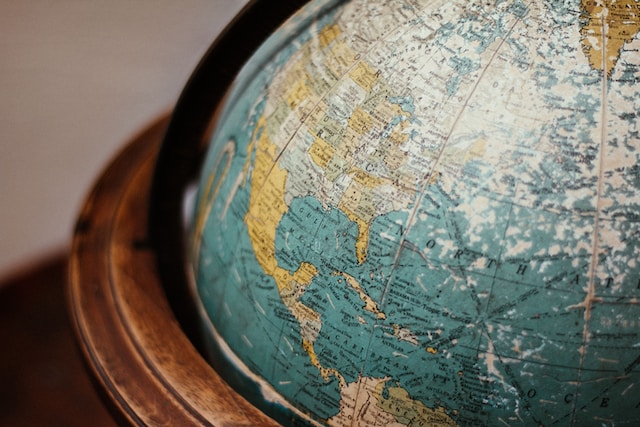
Postal Code and Zip Code Differences
Although they serve slightly similar purposes, postal and zip codes differ. Understanding these differences is critical for precise addressing and efficient logistics. Let’s look at the key postal code and zip code differences.
- Geographic Scope
One significant distinction between postal code vs. zip code is their geographic coverage. Postal codes are used all around the world and vary by country. Each country has its postal code system and format. Zip codes, on the other hand, are unique to the United States.
- Application and Standardization
Another distinction between postal and zip codes lies in their application and standardization. They both support government planning and guarantee effective postal delivery. However, national postal authorities usually define and manage postal codes. Each country has its own set of postal code rules and systems. On the other hand, zip codes are unique to the United States and simplify mail delivery and sorting domestically.
- Format and Length
The format and length are major distinguishing factors when discussing postal code vs. zip code. Depending on the country, postal codes can have varied lengths and structures, combining letters and digits. Zip codes, on the other hand, are only numbers. Standard zip codes are five digits long, but the ZIP+4 variant adds four extra for more exact location identification inside a given area.
- International Recognition
When comparing postal and zip codes, it is important to consider the global context. All countries have postal codes, and postal agencies worldwide recognize them. On the other hand, zip codes do not have global recognition and are more prominent in the United States.
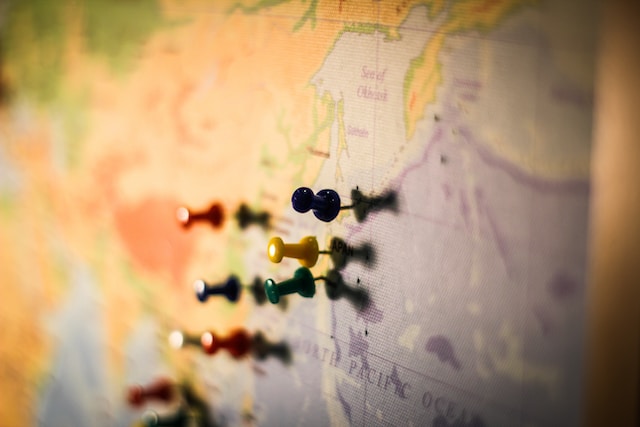
Postal Code vs. Zip Code: 4 Ways To Create a Map From a Postal and Zip Code
We have discussed postal codes vs. zip code and their functions. However, can you plot a map from postal and zip codes? Irrespective of their differences, you can plot a map from them. Let’s discuss four ways of creating a map from a postal and zip code:
- Geographic Information System
GIS software, such as ArcGIS or QGIS, offers proficient mapping and spatial analysis features. You can use them to enter zip code data, view the boundaries, and adjust the map based on your needs. These platforms include tools for creating interactive maps, applying symbology, and adding extra data layers for greater analysis.
- Online Mapping Tools
You can create a map from zip codes on online mapping software like Google Maps API or Mapize. These tools provide user-friendly interfaces and simplified operations. These platforms include built-in features for importing zip code data, customizing map styles, and adding interactivity. You can easily embed these maps on your website or share them with others.
- Excel
Excel is a spreadsheet program not explicitly for making maps from zip codes. However, it has basic mapping capabilities, such as creating scatter plots with geographical data. Excel can display postal code vs. zip code using charts or scatter plots in a map-like style. For instance, you can map Excel location data with Mapize to improve interactivity and geographic accuracy.
- Custom Programming
Web developers can create maps from zip codes using Python or JavaScript. You can merge zip code shapefiles or geoJSON files and programmatically produce interactive maps with custom styling and interactivity using libraries like leaflet.js or D3.js. However, it is noteworthy that some mapping tools allow users to generate interactive maps without codes.

Create User-Friendly and Interactive Maps To Unlock Valuable Insights on Mapize
Postal code vs. zip code is an age-old debate all over the world. In this article, we explored the distinction between postal code vs. zip code, highlighting their use and functions across the globe. Postal codes are alphanumeric codes significant in many nations, but zip codes are mainly relevant in the US. However, postal and zip codes play a vital role in mapping, and choosing the right mapping tool is essential to gain valuable insights.
Interestingly, Mapize is an excellent mapping platform that offers many tools to handle the intricacies of postal and zip codes. With its flexible SDKs and APIs, developers can easily integrate zip code data into their applications for a seamless mapping experience. Mapize offers various data visualization tools to help you turn zip and postal code data into aesthetically appealing maps. Its interactive capabilities make zooming, panning, and data exploration simple. It also provides customization options, such as adding markers, labels, and overlays, to improve the visual representation of the map. The platform has excellent documentation and resources, making it suitable for novice and experienced users. Use Mapize today to unlock the power of your zip code data through user-friendly and interactive maps.

